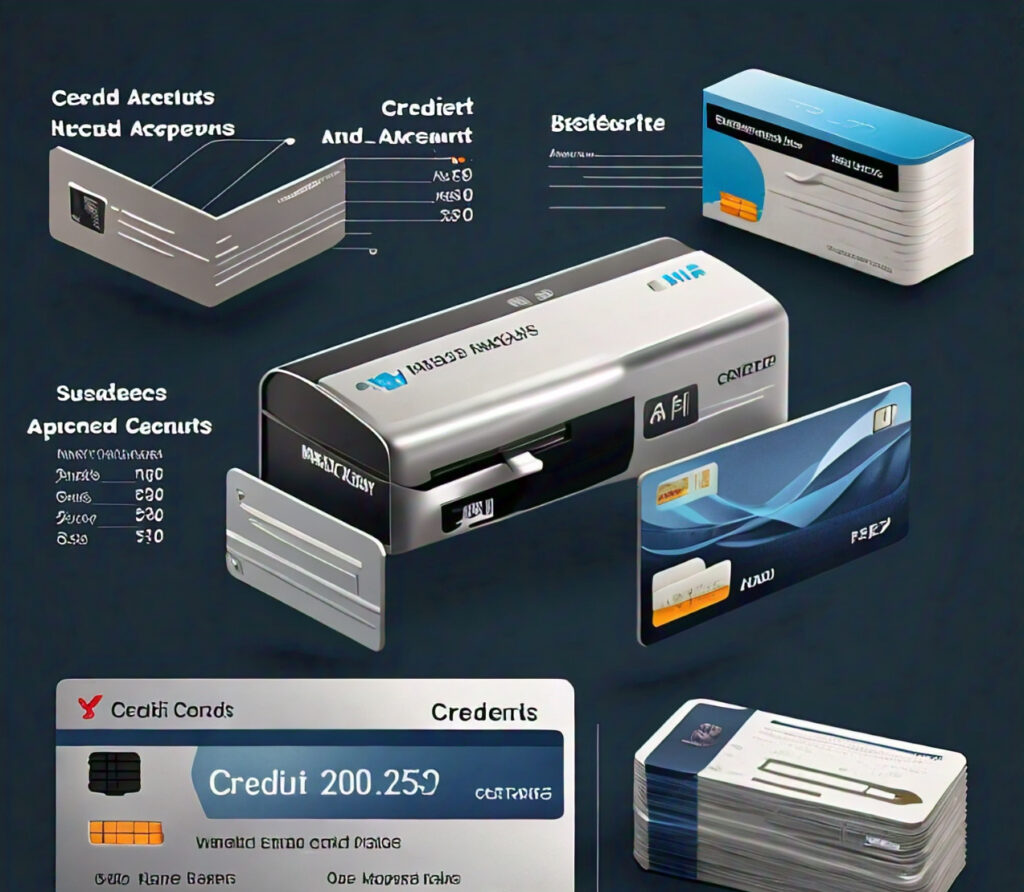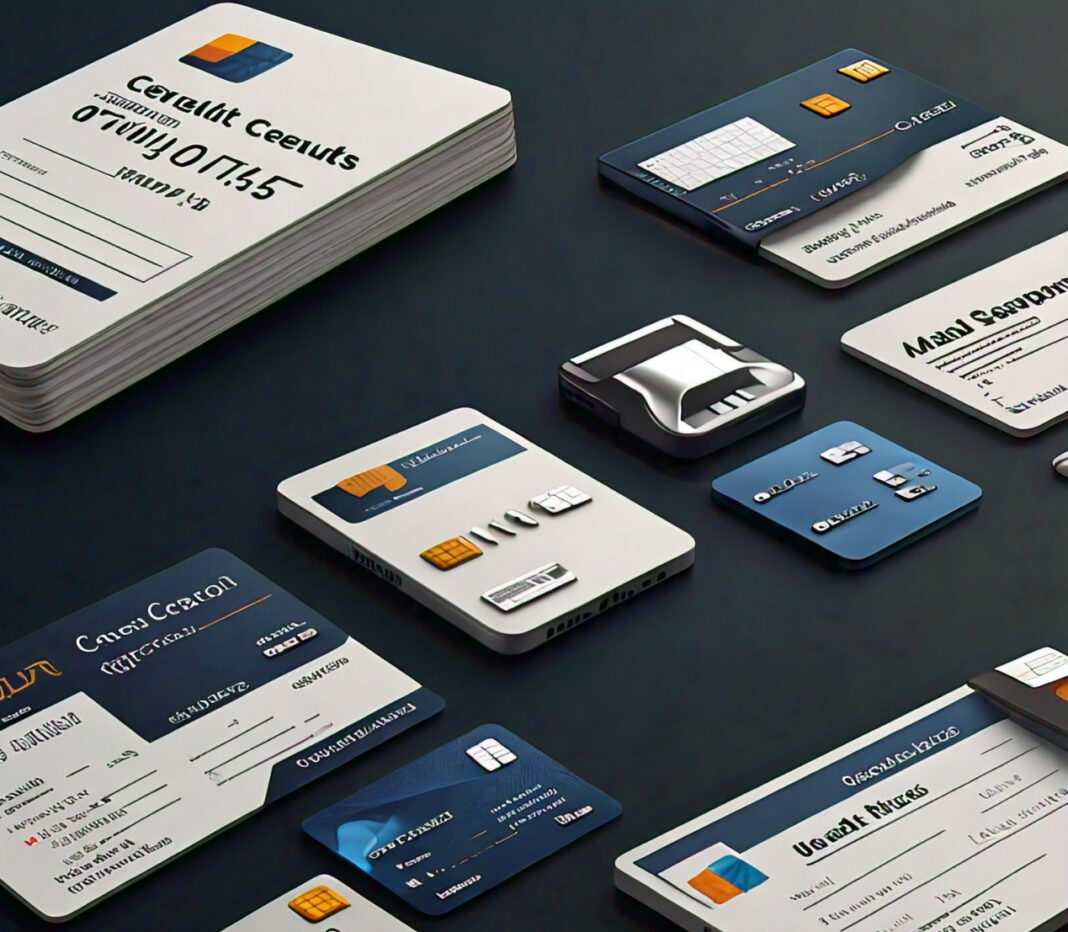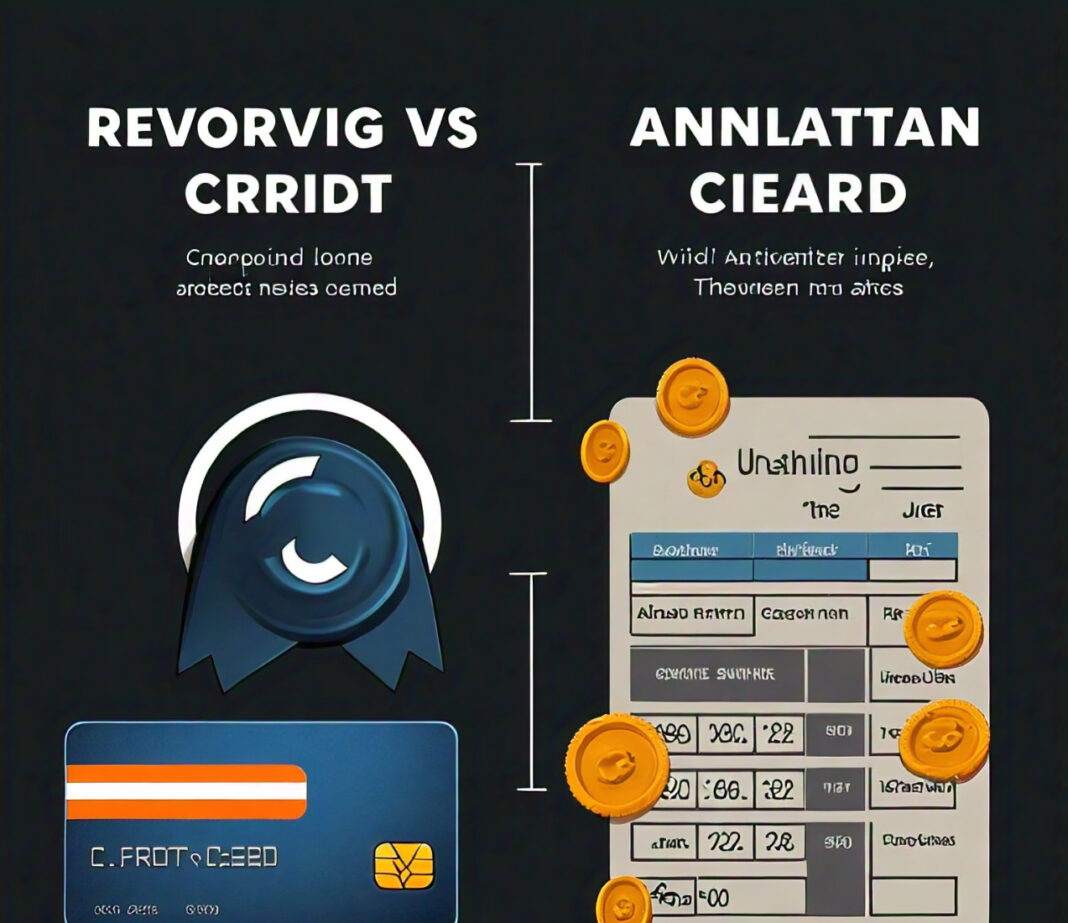Credit accounts form a significant part of our lives. Whether you aim for that big purchase, seek to improve your credit history, or are simply trying to survive the ebbs and flows of life, understanding the various types of credit accounts available can help you make informed choices. This article explores the different types of credit accounts, their features, advantages, and possible drawbacks. The idea is that, by the end, you could have a pretty fair idea of which credit accounts may best suit your financial requirements.

Revolving Credit Accounts
Credit Cards
Credit cards are the most common type of revolving credit account. They offer some sort of pre-approved limit on the amount you may spend for purchases, balance transfers, or cash advances. Here’s what you need to know about credit cards:
- How they work: You can make purchases up to your credit limit and pay back the amount over time or in full each month.
- Interest rates: Many credit cards have fairly higher interest rates compared to other types of credit accounts.
- Rewards: Most credit cards give rewards in cash, points, or miles for using them.
- Flexibility: One can use credit cards for any need or emergency expenses, whether to meet daily expenses or in emergencies.
- Credit building: It develops your credit score when you use it regularly and pay it off at the right time.
However, credit cards should be used responsibly. They can be very expensive due to their high interest rates if one fails to pay off the balance on time.
Store Credit Cards
Store credit cards are no different from regular credit cards but are very often issued for particular retailers. Common features of a store credit card include the following:
- Store-specific rewards: This kind of card usually gives better rewards or discounts to purchases made with them at the issuing store.
- Lower credit requirements: Sometimes, they are easier to get than regular credit cards.
- Higher interest rates: Sometimes, these cards carry higher APRs than regular credit cards.
- Limited use: Some can be used anywhere, while others may be restricted to the store that issued the credit or to stores affiliated or partnered with it.
Store credit cards are good if one shops regularly at a particular store; however, carrying balances on these accounts is not recommended due to their high interest rates.
Lines of Credit
A line of credit is a loan facility provided by some financial institutions in a very flexible manner, wherein one can attain a pre-determined amount of money when needed. Key points will include:
- Flexibility: You can borrow up to the credit limit multiple times without reapplying.
- Interest charges: You pay interest only on what you borrow.
- Repayment options: You often have the choice between making minimum payments or paying the balance in full.
- Types: This includes personal and home equity lines of credit.
Lines of credit can be quite functional in managing cash flow or financing some continuing expenses. Still, they demand discipline not to burden the person with excess debt.
Installment Credit Accounts
Personal Loans
Personal loans are a type of instalment credit. You borrow a fixed amount, then repay the debt in regular instalments over a defined period. Here’s what to know:_
- Fixed terms: Loans tend to have fixed interest rates and a fixed repayment period.
- Unsecured or secured: Personal loans can be either unsecured or issued based on creditworthiness or secured by collateral.
- There are many applications: They can be used for debt consolidation, improving one’s home, or making big purchases.
- Predictable payments: Fixed monthly payments make it easier to budget.
Personal loans might be a better financing option for covering major expenditures or settling high-interest debt, but one should shop around for the best rates and terms.
Auto Loans
Auto loans are specialized to finance vehicle purchases. Important characteristics include:
- Secured by the vehicle: The car acts as collateral for the loan.
- Fixed payments: Like personal loans, auto loans carry fixed monthly payments.
- Different terms: Loan terms can be as short as 24 months or as long as 84 months and beyond.
- Rates: Lower than unsecured loans because of the collateral.
While automobile loans put cars within the reach of many people, one must also consider the total cost of the loan and its interest when choosing an automobile.
Mortgages
Mortgages are long-term loans borrowed to purchase real estate. Some key components of a mortgage include:
- Property Secured: The home is the collateral for the loan.
- Long Term: Mortgages have terms of up to 15 to 30 years.
- Types: Fixed-rate, adjustable-rate, FHA, and VA loans are common examples.
- Less expensive interest rates: Interest rates on property loans are usually lower than those on other loans because the property itself serves as security.
Many people are able to buy homes with mortgages, but one must take into account how long one will be paying for a mortgage.
Student Loans
Student loans are loans made available to finance education beyond high school. The major types of student loans include:
- Federal student loans:
- Provided by the government
- In general, interest rates are lower and repayment options are more flexible
- Some have forgiveness programs for specific professions
- Private student loans:
- Provided by banks, credit unions, and other financial institutions
- Interest rates and terms vary widely
- May require a co-signer for approval
Student loans are often one of the smartest ways to finance education, but one must make sure to borrow responsibly and understand repayment requirements.
Charge Cards
Charge cards work like credit cards in most ways, but there are a couple of key differences:
- No pre-set spending limit: With most charge cards, there is no set credit limit.
- Full payment required: The balance of a charge card is required to be paid in full each month.
- No interest charges: Since you pay in full, no interest is normally charged.
- Annual fees: Most charge cards do come with annual fees.
- Rewards: Many charge cards have quite generous reward programs.
Charge cards are excellent for managing expenses and earning rewards, but they require the highest level of financial discipline to make full monthly payments.
Secured Credit Accounts
Secured Credit Cards
Secured credit cards are for people who want to build or rebuild credit. Here’s how they work:
- Security deposit: You make a cash deposit, which usually doubles your credit limit.
- Credit building: When you use the card regularly and make timely payments, that gets reported to the credit bureaus.
- Lower credit requirements: It’s easier to qualify for than a major credit card.
- Possible upgrade: Some issuers will upgrade to an unsecured card after a period of responsible use.
Secured credit cards are a good stepping stone to better credit and more favourable financial products.
Secured Personal Loans
Similar to unsecured personal loans, the secured version also requires collateral:
- Lower interest rates: The security through collateral often leads to better rates.
- Easier approval: Collateral can make lenders more willing to approve the loan.
- Larger loan amount: You may be able to borrow more than unsecured loans.
- Collateral risk: If you fail to pay back, you may just lose the asset used to secure the loan.
Secured personal loans might be a good option if you need to borrow larger amounts and your credit isn’t ideal.
Business Credit Accounts
Business Credit Cards
Business credit cards are for company expenses:
- Isolate business expenses: Keep your personal and business finances separate.
- Higher credit limits: Generally, they offer higher spending limits than personal cards.
- Employee cards: The ability to issue cards to employees with custom spending limits.
- Business-specific rewards: Many offer rewards on common business expenses.
Business credit cards could make tracking easier and yield valuable rewards from company spending.
Business Lines of Credit
Just like personal lines but orientated to business:
- Flexible Funding: Access money only when needed, up to the credit limit.
- Ongoing Access: No need to reapply once approved.
- Interest on Used Funds: Only pay on the amount borrowed.
- Different Uses: For inventory, equipment, or cash flow management.
Lines of credit offer many different avenues a business might take to meet needs and/or take on surprise costs.
Knowing the types of credit accounts available can help you make good decisions about credit. Each type has different purposes, advantages, and possible drawbacks. Whether you are trying to build credit, finance a large purchase, or fund your business expenses, there’s likely to be a credit account to fit your needs.
Remember that responsible credit practices are the cornerstone of maintaining financial health. Borrow only what you can afford, pay on time, and check your credit reports regularly. financial flexibility, and a path to those long-term financial goals.
Take the time as you consider these options to compare different products, read the fine print, and consult a financial advisor who can help you understand which credit accounts will best suit your situation. If you approach it properly, credit accounts can be potent tools in your financial toolbox to help you reach your personal and professional goals.






